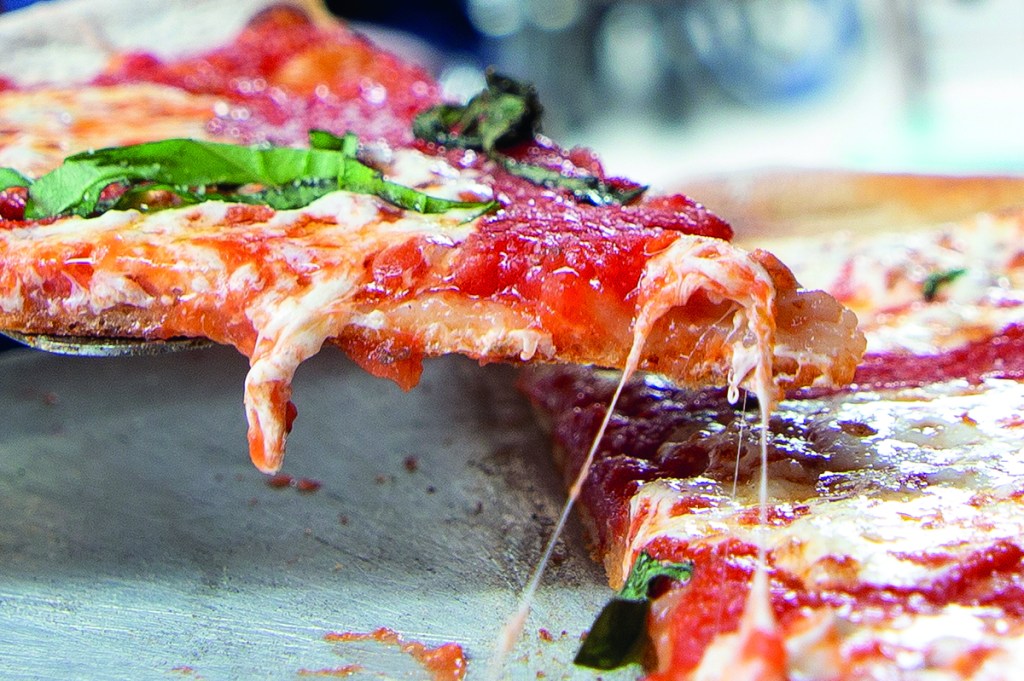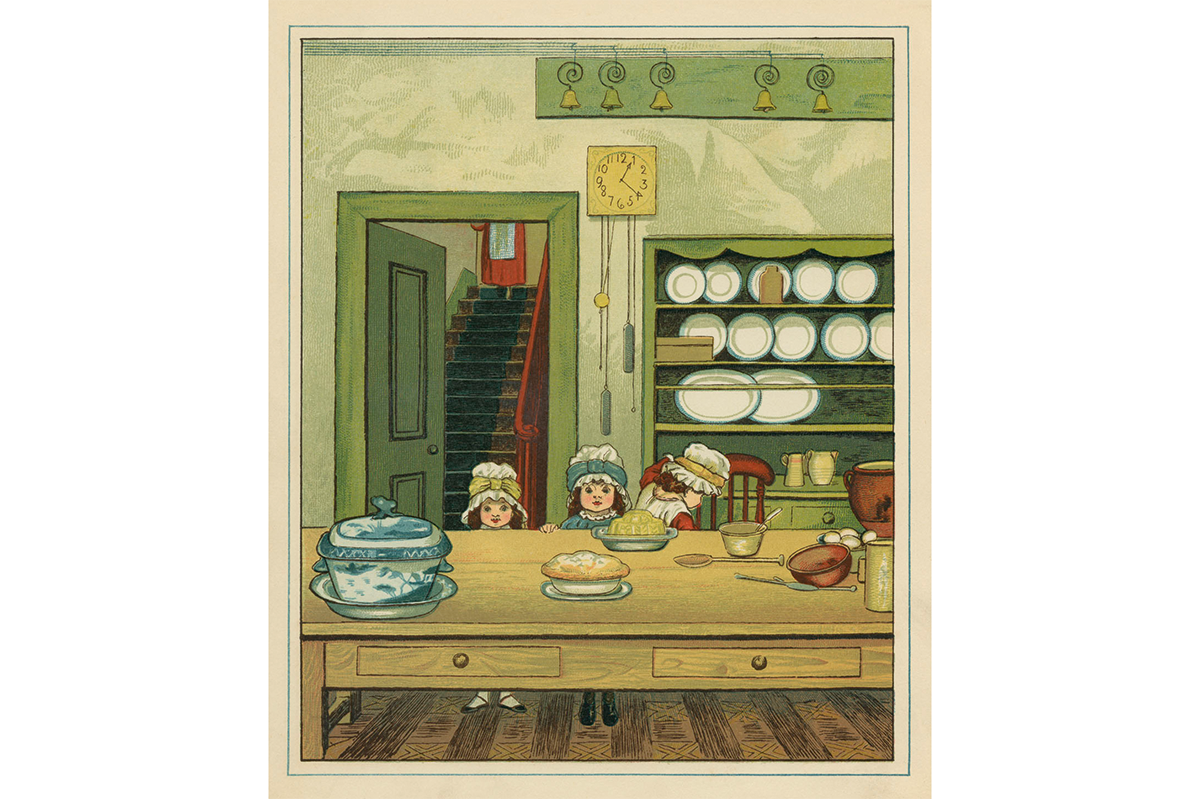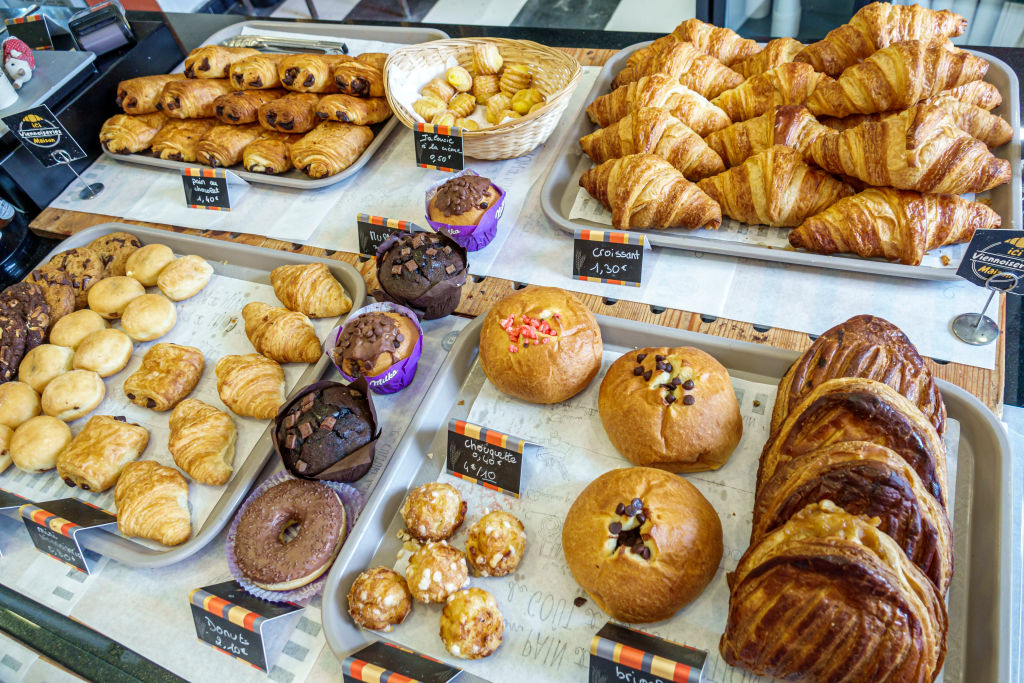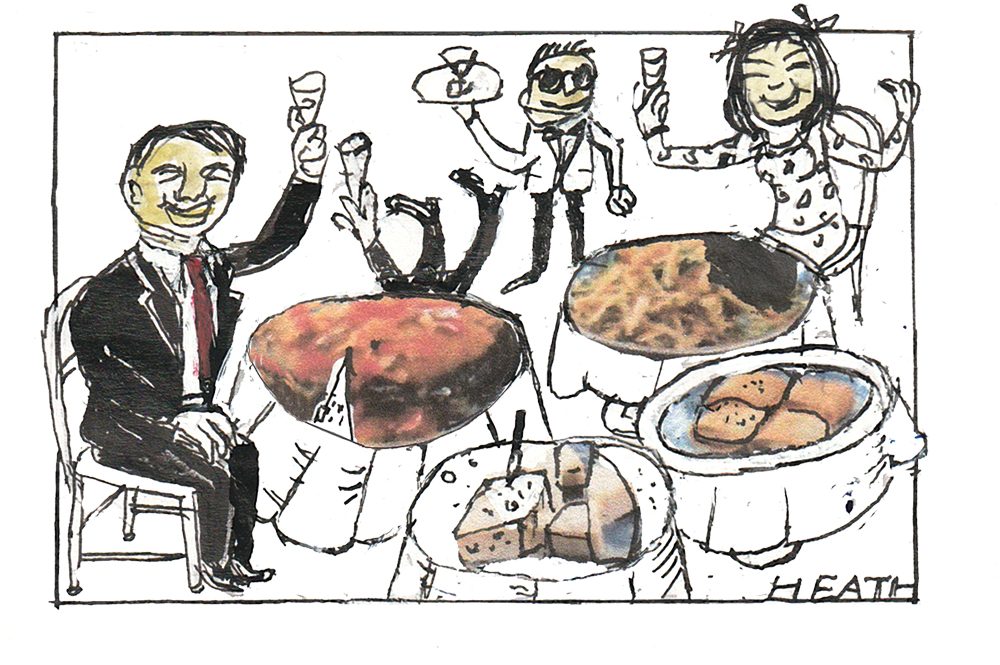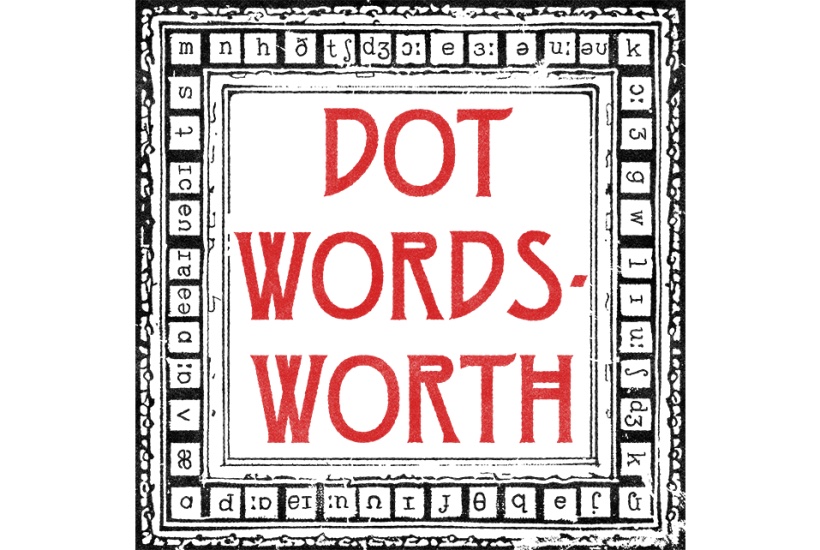I walked into a party with a friend a few years ago and told her I felt uncharacteristically uncomfortable.
‘That’s because you’re not carrying a pie,’ she said.
It’s true; I usually have a pie as my calling card. The offering of a homemade pie makes no one unhappy. It’s a nice presentation, sure, but the handoff is magical, a conjuring the baker does when deciding whether the recipient is a pumpkin or cherry pie kind of guy.
People think you’re being generous when you show up with pie, but really it’s quite selfish. First, baking carries me away. Second, I love to see people’s faces when handing them pie. I can’t control where they go, but I get to watch as they’re transported to the screened-in porch where their mother poured cream on a hot blueberry buckle or the long-gone cafe in Savannah that served the best sweet potato pie. This is pie as a rope-ladder, to places and memories told to me between bites. Food has that ability like little else.
I’ll add my own reminiscence. For 20 years, I baked my daughter’s father a pecan pie for Thanksgiving. Last summer, when he was close to death and could no longer eat, he asked that I make the pie just so he could smell it. I did, and we were transported, just for a moment, to a time when we were young again.
But to listen to food media today, the very act of cooking has become political. Each dish’s provenance, its creator and the culture behind it can’t be ‘appropriated’. The current social climate dictates that recipes are not to be shared, at least not without proper apportionment and attribution, lest someone get unearned credit or someone’s contributions be erased. I believe the opposite: that all recipes should be given away, and, once they are, they’re not yours anymore. They belong to whoever makes them and whomever we serve them to, and on we roll. Food shouldn’t be about what makes us different — it’s about remembering that trip we took, that new culture we experienced, that new friend we made, the pleasure we bring to our loved ones (and ourselves) when we serve a favorite dish.
Just after I turned 11, I took a cooking class in the home of a woman in my Brooklyn neighborhood. Once a week, she taught four other girls and me to cook. The recipe I remember making the most is fettucine Alfredo, and I remember it because I made the dough from scratch, cut it into strips, and left it at my dad’s new place, with the note, ‘Daddy, I made the noodle dough and it is in the freezer, sleep well.’
I don’t think my father thought, ‘Well, my mom’s Italian, so the kid’s safe there, but I don’t know if the ingredients are authentic, so I’d better dump it in the trash.’ I think he took the pasta for what it was, a gesture of love from a child he no longer lived with.
If the current editors of Bon Appétit or any number of food publications held sway back then, my dad couldn’t in good conscience have eaten that pasta, not without proof I appreciated the provenance of the parmesan. But cooks play with recipes for all kinds of reasons that have nothing to do with greed or oppression — because they don’t have ingredients at hand, or they like to wing it, or their kid has a nut allergy.
If the new rules of cooking claim that recipes, once in the American kitchen, slide toward Americana, then isn’t that just fine? Aside from the national fixation on cheese (half the comments on recipe sites begin ‘This recipe is great, but you know what made it really delicious? I added half a pound of cheese’), which Americana do the cultural arbiters mean? Tex-Mex? New York pizza? North Carolina barbecue? The haute cuisine of Jean-Georges Vongerichten? The sesame buns, sold hot and oily and wrapped in paper at my corner bodega in Chinatown?
Am I, a not-Chinese person, allowed to make sesame buns? Of course I am. I don’t need permission and I don’t need a recipe. Though I’ll probably look up a few, because that’s fun, especially when chefs tell you their story about how their recipe came to be. What is a recipe but a story that you transform and have the honor of putting in someone’s mouth?
My friend Alison’s mother’s kugel; the coleslaw of a colleague’s dad; the taklik-tokse cornbread of my daughter’s Muskogee grandmother: with each recipe written on scraps of paper and handed to me, I have subtly or not so subtly made these foods my own. I’ve given my chocolate chip cookie recipe to hundreds of people. After making them, some tell me, ‘They don’t taste like yours.’ That’s right. It’s their recipe now, their story. Yours, too.
This article is in The Spectator’s September 2020 US edition.



